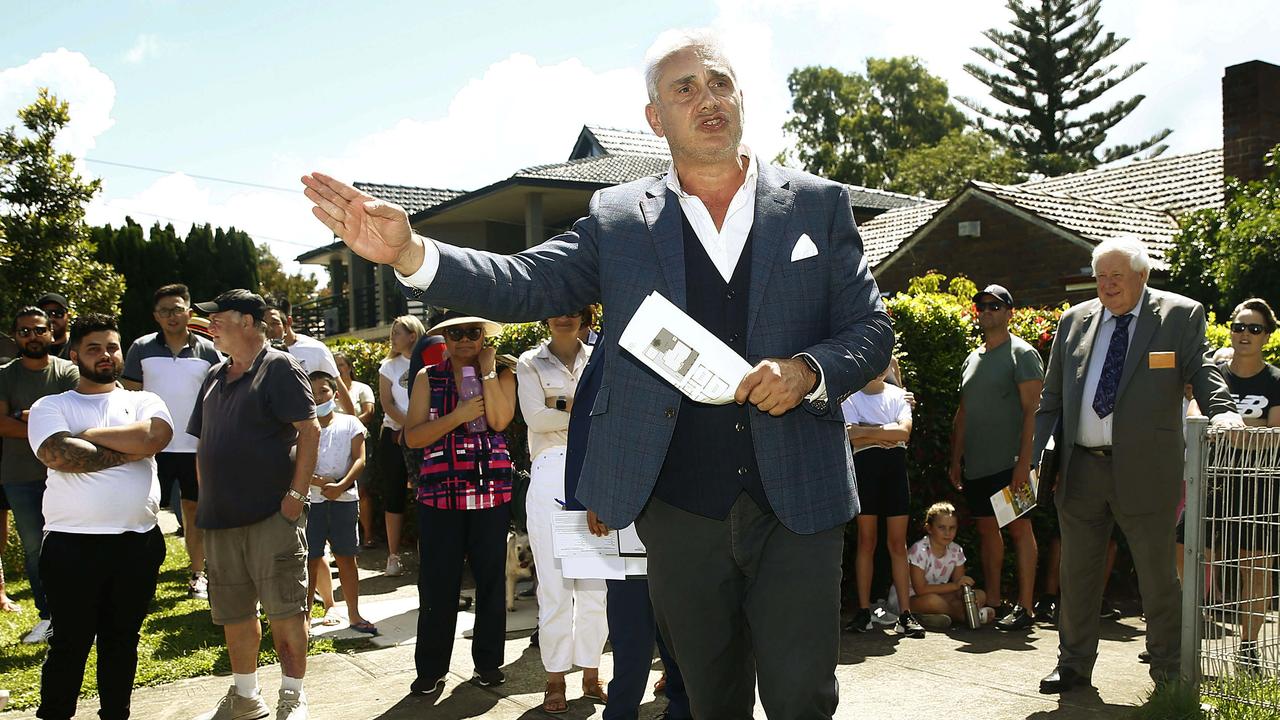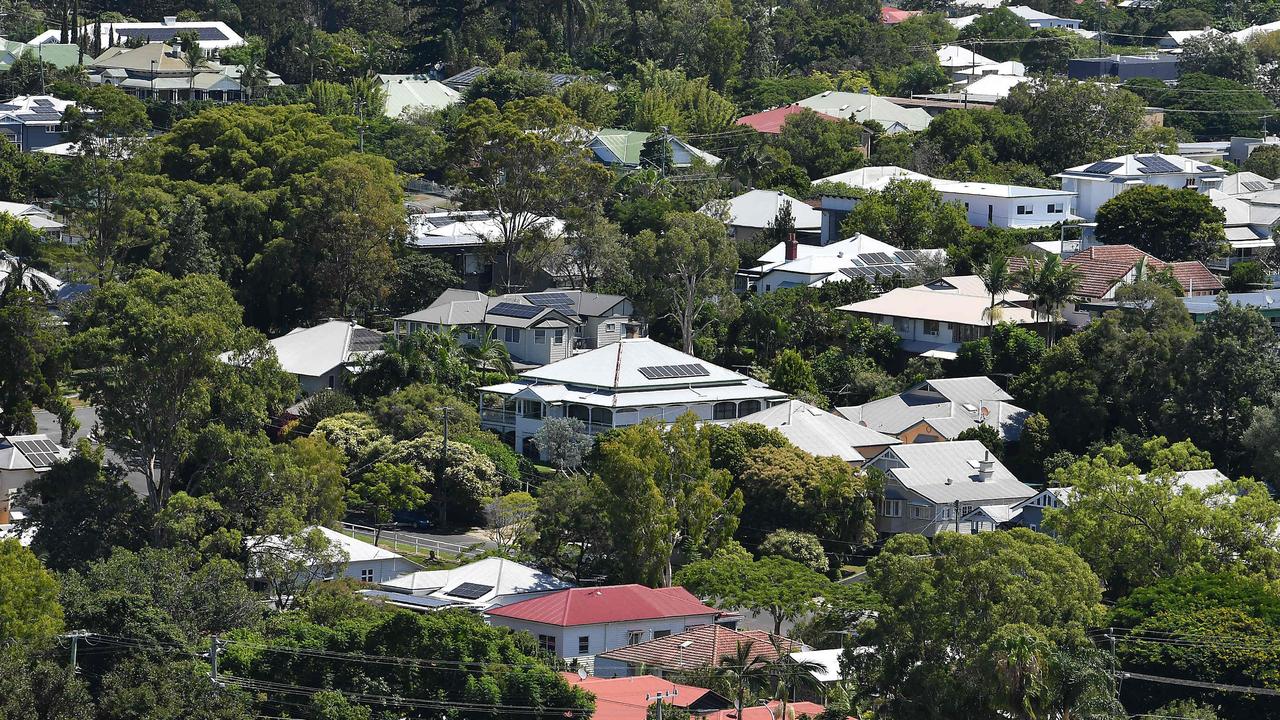Experts name top causes of housing crisis
Experts have weighed in on the real reasons Australia is in crisis and the only option to get us out is the one thing no politician dares touch.

ANALYSIS
Labor and the Coalition have officially launched their election campaigns and weighed in with the housing policies they hope will turn the dial.
Anthony Albanese plans to bring more buyers into the market by allowing every first homebuyer to purchase with a deposit of just 5 per cent.
Peter Dutton plans to bring more buyers into the market by allowing them to access their superannuation to use as a deposit. Their mortgage payments would also be tax deductible.
Just like every major party housing policy in recent memory, the problem is that they’re all about bringing more buyers into the market. Grants, guarantees, deductions will make a lot more people eligible to buy. The only problem is, there will be even more pressure on the scarce supply of real estate to meet the growing demand.
MORE:Shock RBA call to stun Aussies
In order to add to supply, Labor wants to invest in building 100,000 affordable homes for first home buyers, while the Coalition recently mentioned a $5 billion housing infrastructure fund.
Economists and other commentators have largely panned the policies of both parties as inflating demand without adequately increasing supply. The result? Rising house prices.
So, what are the main factors causing the housing prices and what should politicians be focusing on? I asked a range of experts for their thoughts.

Negative gearing
Neither party wants to touch negative gearing after Labor lost elections in 2016 and 2019 while promising to limit negative gearing to new properties and also halve the 50 per cent capital gains tax deduction.
But change is exactly what’s required according to Finder head of consumer research Graham Cooke.
“What’s prolonging the housing crisis? Two words – negative gearing,” Cooke said. “It’s created a system where property investors are rewarded for buying up multiple homes, while first home buyers are priced out.
“By allowing investors to deduct rental property losses from their taxable income, we’ve essentially turned housing investment into tax relief. The result? A market skewed towards investors rather than owner occupiers.”
MORE:Labor and Coalition housing plans slammed
Dissuading investors by limiting negative gearing could free up more homes for owner occupiers, therefore actually doing something positive for supply.
“If we’re serious about fixing the crisis, we need to rethink policies like negative gearing – however, the last time that was put on the ballot, the party that proposed it was comfortably defeated,” Cooke said. “So, don’t expect any change any time soon.”

Encourage downsizer transactions
Another way to free up supply is to incentivise empty nesters to downsize from multi-bedroom homes and free them up for families, according to Canstar data director Sally Tindall.
“The biggest factor contributing to the housing crisis is a lack of stock,” Tindall said. “Australia’s property market has been highly successful at generating wealth for generations of Australians – and there lies the problem. It has created a divide between the ‘haves’ and ‘have nots’ that is set to last for generations to come as parents and grandparents transfer this wealth down the line.”
MORE:Why budget won’t solve housing crisis
Tindall said that empowering more young buyers to compete with wealthier older Australians for property would cause prices to rise further and a different approach was required.
“Encouraging Boomers to downsize is a start,” she said. “Rezoning established suburbs in major cities along existing transport lines is another. Innovation in building and design to bring down the costs of new builds is also critical. There are already steps to achieve these goals, but they require a blowtorch to get them firing.

“We need structural change. Redesigning our current tax arrangements in a way that helps encourage new builds but discourages competition between first home buyers and investors for existing homes will make a difference. It could see property prices drop, but we need to be comfortable with this.”
Construction challenges
Auctioneer and industry expert Tom Panos said developers face a lot of challenges.
“Red tape and council delays are deterring the developers from building,” Panos said. “And a shortage of trades (people) means labour costs are blowing out and deterring developers further.”
MORE:Half a million homes short of target
Panos said other challenges included property prices growing faster than wages, and immigration outpacing the adding of new supply.
Housing has ‘long Covid’
Mortgage Choice broker David Thurmond believes cost of living is the main issue affecting housing.
“We are still paying for the cost of Covid,” he said. ”It’s taken three years for inflation to get under control but prices, and home loan interest rates, are still too high. If the RBA continues to lower the cash rate that will help take some of the pressure off.”

Thurmond believes this has exacerbated existing supply chain challenges.
“People just aren’t building enough homes to meet the demand for housing because building has become so prohibitively expensive. Before the pandemic, it was more affordable to build a new home than it was to buy an established property. To put things into perspective, I live and work in a growth corridor in southeastern Melbourne and from 2008 until about 2020 70 per cent of the loans I wrote were for construction and these days construction loans account for around 5 per cent of the loans I write.
RELATED:Which Australian PM built the most homes?
“So, either the cost to build needs to come down significantly, or we need to find new and more efficient ways to build so we can build the number of homes we need to improve housing affordability.”
Loan hurdles
Loan Market CEO David McQueen said APRA’s 3 per cent mortgage serviceability buffer needed to be reduced, allowing not only new borrowers to get into the market, but existing refinancers to access discounted deals.

“The buffer made sense when rates were low. But in today’s high-rate, high-cost environment, it’s locking out capable borrowers, especially first-home buyers and that’s the real opportunity for our political parties to influence and address.” McQueen said.
“The irony is many turn to non-banks, where the buffer is lower but the debt is more expensive. Same person. Same ability to repay. Just higher cost.
“Loan Market will always support ways to get more people into more homes, but the policy needs to reflect the reality: unless we adjust the rules that decide who can borrow and
how much, we’ll keep locking out the very people we’re trying to help.”
MORE:Dutton’s $80k gift to Aussies
A return to a pre-Covid buffer of 2.5 per cent would be a start, while some experts have called for the buffer to be reduced further, to 2 per cent or even 1 per cent.
“We believe there’s room for a more flexible approach, one that protects borrowers, but doesn’t punish them,” McQueen said. “It’s not about lowering standards. It’s about giving good people a fair go.”
Originally published as Experts name top causes of housing crisis




